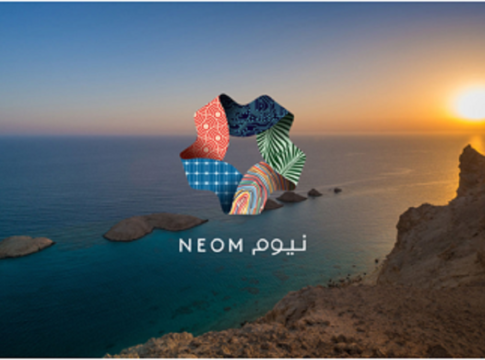The Suez Canal axes, Neom and the Silk Road initiative an alliance between Egypt, Saudi and China for a century’s project in formation


The Middle East Observer is a leading online platform dedicated to providing unbiased, in-depth coverage of the Middle East, North Africa and the world. Our expert team of journalists delivers timely news and analysis across a diverse range of topics, including politics, economics, life style, science, and technology. We strive to inform and engage our readers with informative, premium coverage, and thought-provoking content.
Copyright © MEO. All Rights Reserved.

